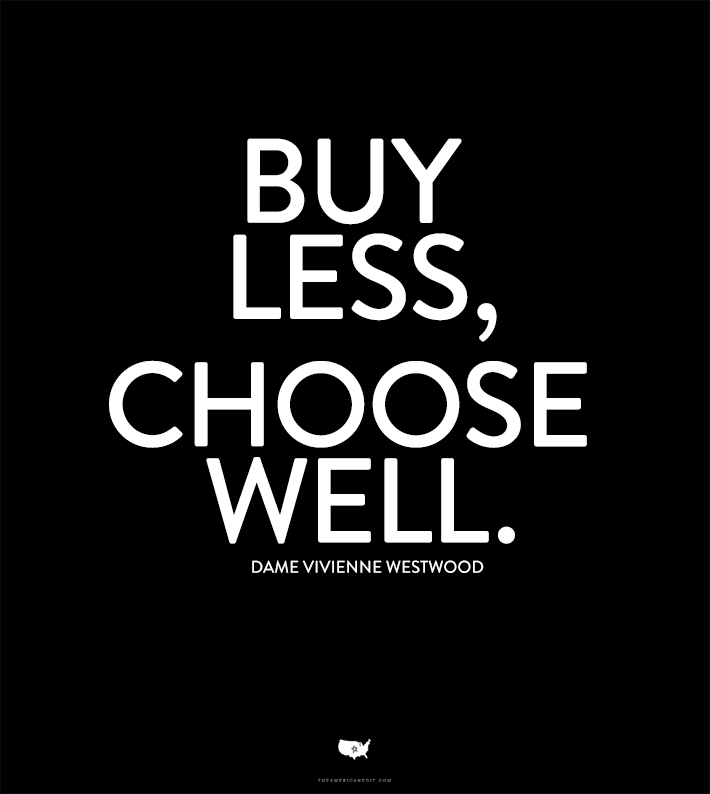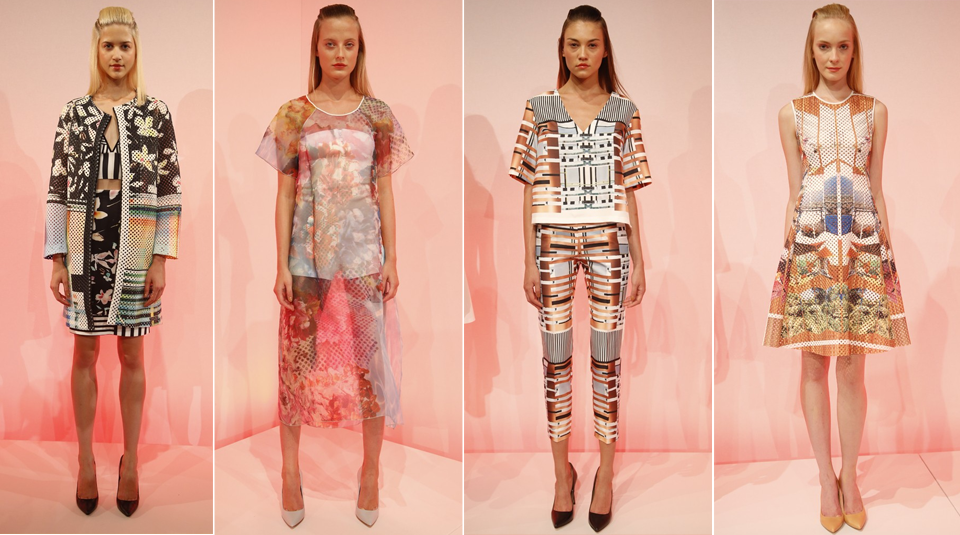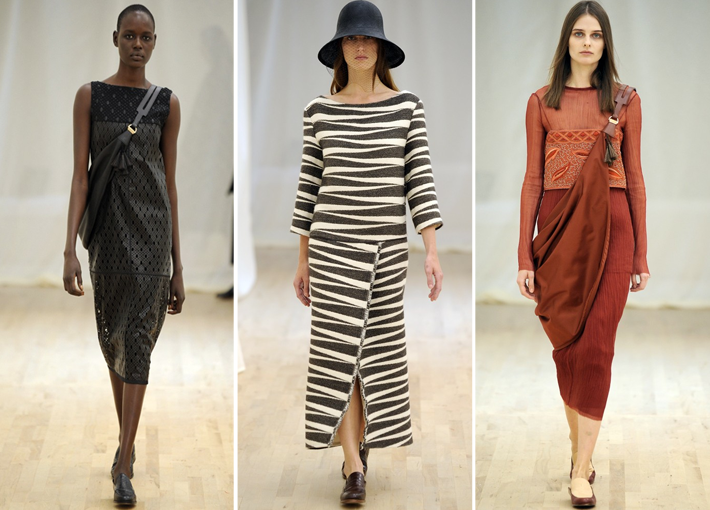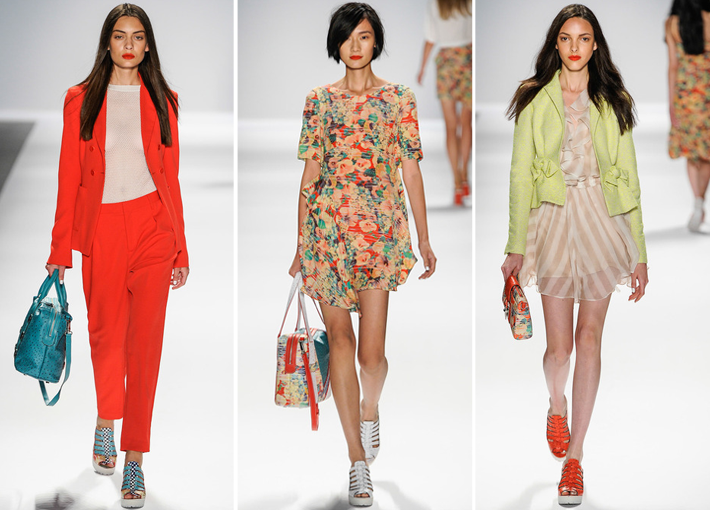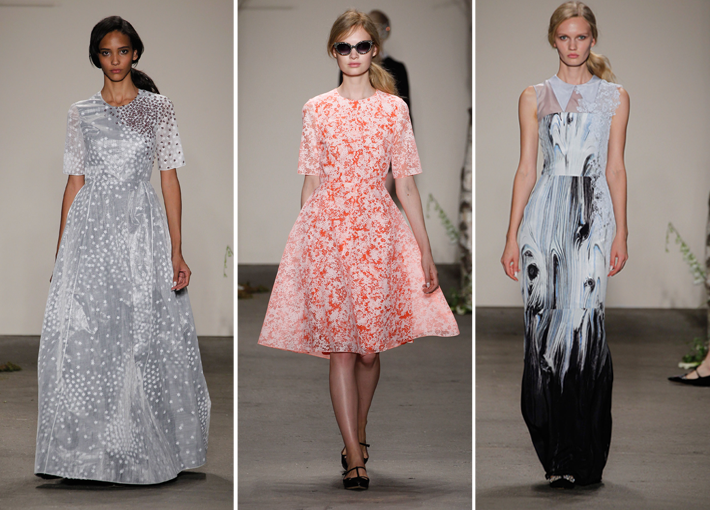Some recent and inspiring reads…
Kate Wordsmith : The Slow Movement Manifests
Kate’s a fellow Minnesotan that I have yet to meet… but her post this week on Slow Fashion resonated with me. In my ideal world, last week’s post on the inspiration behind TAE would have been written with 1/10 the eloquence as this one.
I find myself overwhelmed, once again, by the speed at which new trends, ideas and information are coming at me. This dizzying, never-ending slideshow is referred to as the (1) “New Speed of Fashion,” by T Magazine, and as I watched my Twitter feed become engulfed with photos and videos tagged #NYFW over the past week, I reached a point where I had to turn to a handful of slow movement designers and curators for meditation.
Amanda Brooks : Classic Fashion
Former Fashion Director of Barneys, Amanda Brooks now lives on a farm in England with her family and shares her sartorial musings on her blog, I Love Your Style.
“We all have this idea that fashion is ephemeral. And in some regards it absolutely is. We buy something that catches our eye in a magazine, in a store, on style.com, we wear it a few times, and then it goes into fashion purgatory never to be worn again. Or never to be worn until it gains some vintage cred or stages a comeback a decade later.
But when I was working at Barneys I knew I would be spending a large proportion of my disposable income on clothes, and I wanted to be smart about it. If I was going to splurge, it had to be on things I would wear for a long time, not just a season.”
Is “Made in America” clothing making a comeback at New York fashion week?
I was thrilled to see this article last week after posting my thoughts on Fashion Week – let’s hope more and more designers begin to follow suit!
Fallon : I’m Sick of Smart
My amazing friend Meg works at Fallon and shared this post with me this week – while written for the advertising world, I think it holds true in any creative realm.
So, while we Planners may not be working with Radiohead on its next studio effort, we are creating something for the people of this world. We’re leaving something creative behind, and we’re (hopefully) making an impact. Art doesn’t have a right answer so don’t be content with smart. Smart is just the starting line, and the journey doesn’t have to be difficult. Or, as one very enlightened creative explained to me, “The creative process isn’t a struggle, it’s a wiggle.”
